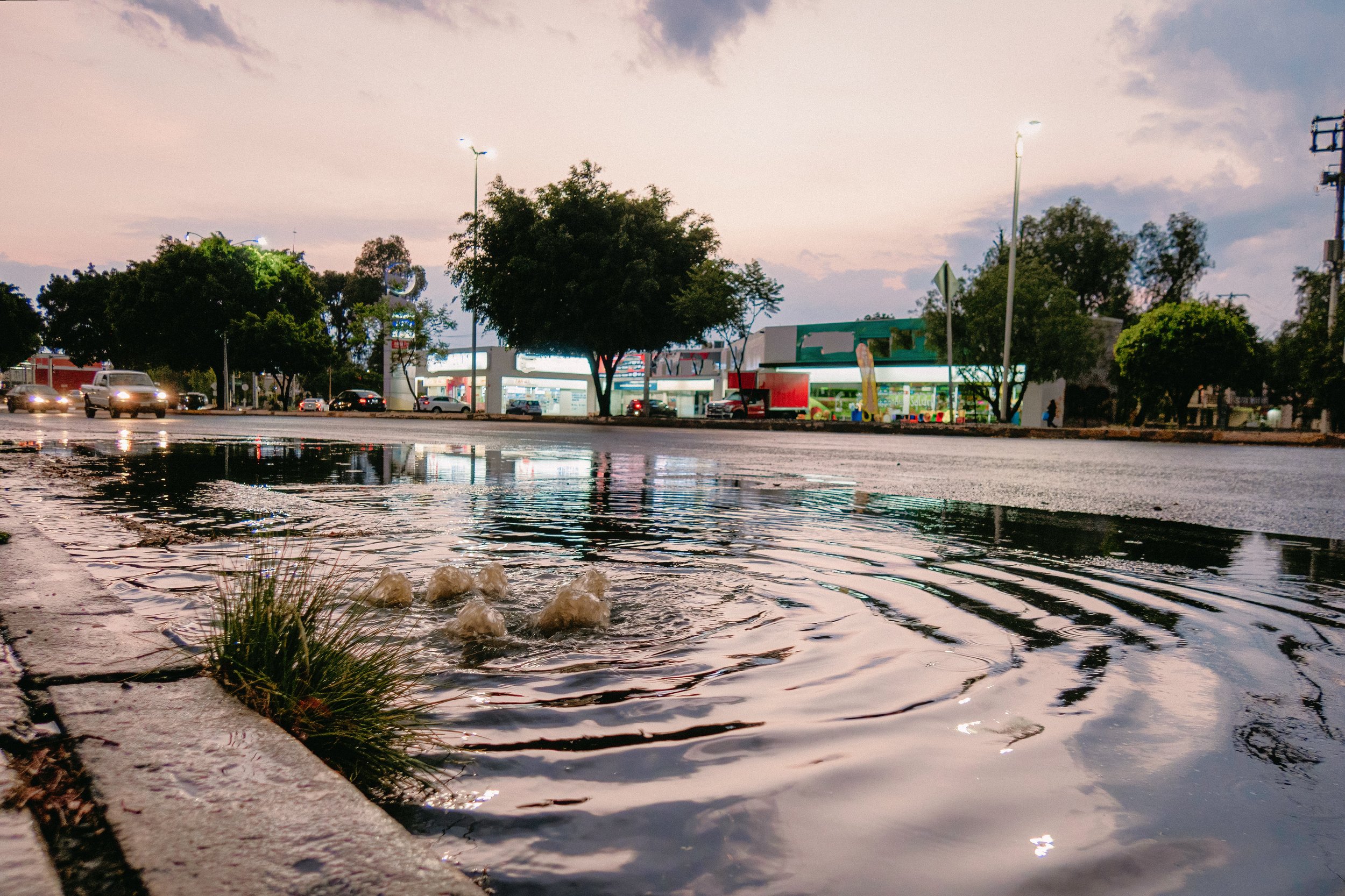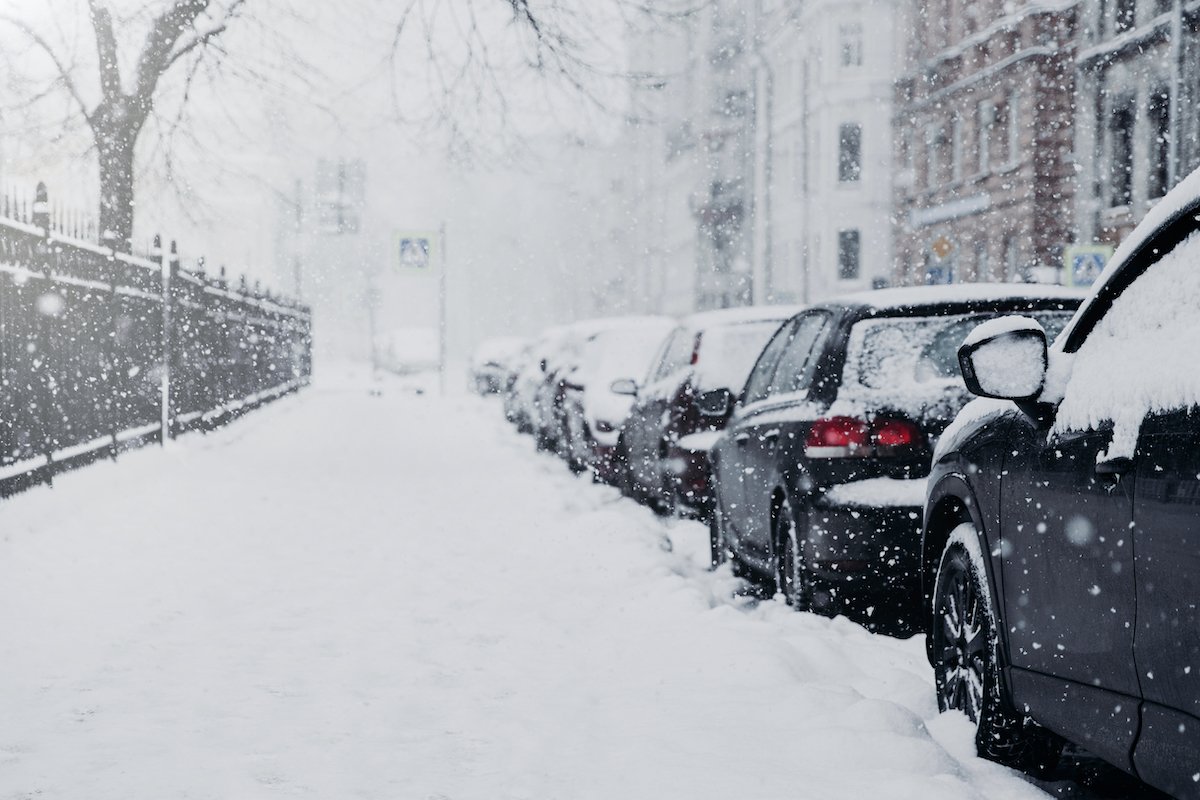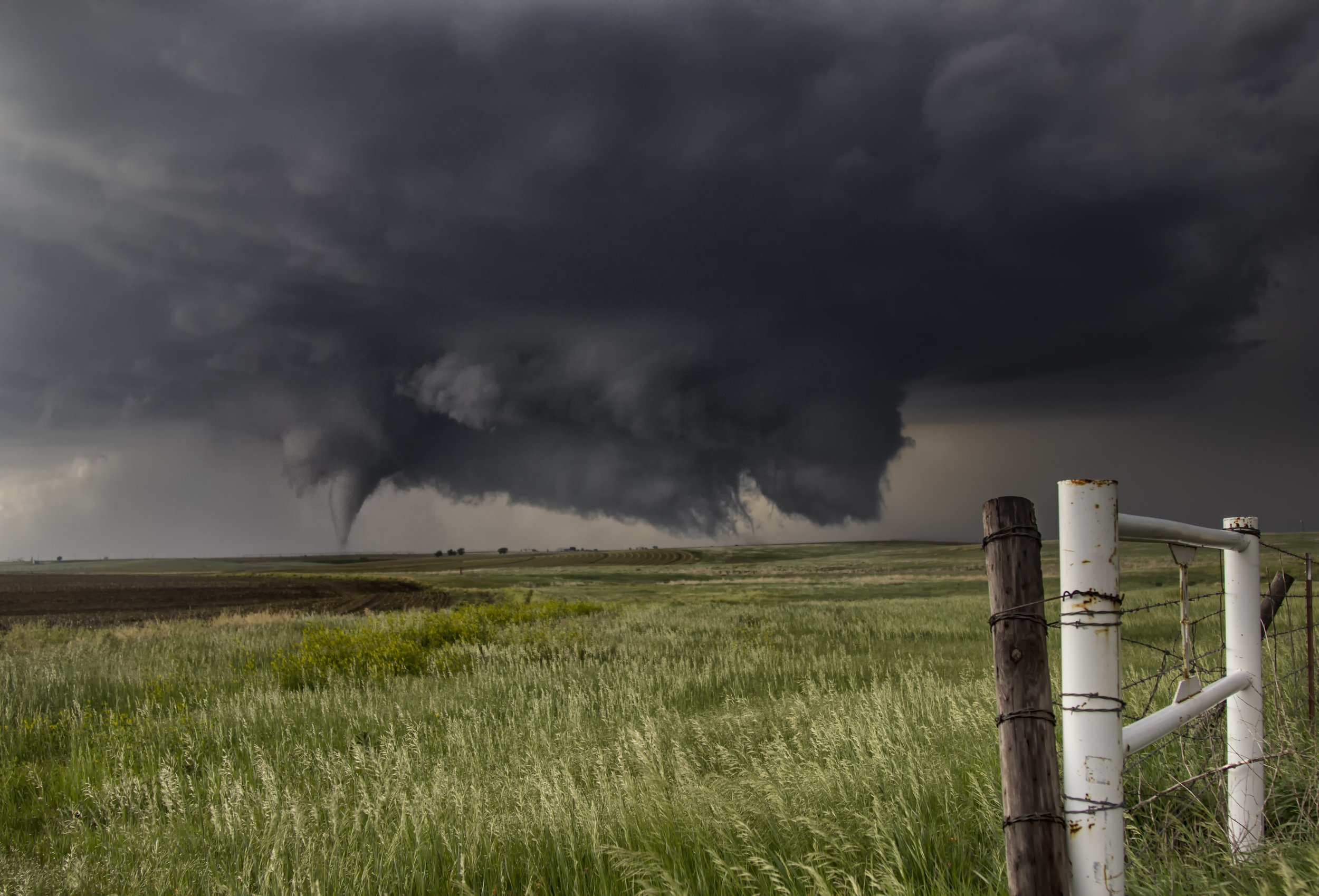Severe Weather Preparedness - Floods
Languages: English
Media Editing: The video module(s) in this subject are editable under our Content Studio offering unless otherwise indicated. For more information about Content Studio, contact your CSM.
Description: Floods are a frequent natural hazard around the world. They can happen at any time of year for a variety of reasons from heavy rainfall to ice or snow melting to waves or broken dams. They can last for hours, days, or weeks. In this subject, users will learn what floods are, how to prepare for one, what to do and what not to do during one, and how to stay safe when a flood is over. This subject mentions emergency kits, and you can refer to the subject “Emergency Preparedness – Emergency Planning” for more information on how to put one together.
Languages: English
Media Editing: The video module(s) in this subject are editable under our Content Studio offering unless otherwise indicated. For more information about Content Studio, contact your CSM.
Description: Floods are a frequent natural hazard around the world. They can happen at any time of year for a variety of reasons from heavy rainfall to ice or snow melting to waves or broken dams. They can last for hours, days, or weeks. In this subject, users will learn what floods are, how to prepare for one, what to do and what not to do during one, and how to stay safe when a flood is over. This subject mentions emergency kits, and you can refer to the subject “Emergency Preparedness – Emergency Planning” for more information on how to put one together.
Languages: English
Media Editing: The video module(s) in this subject are editable under our Content Studio offering unless otherwise indicated. For more information about Content Studio, contact your CSM.
Description: Floods are a frequent natural hazard around the world. They can happen at any time of year for a variety of reasons from heavy rainfall to ice or snow melting to waves or broken dams. They can last for hours, days, or weeks. In this subject, users will learn what floods are, how to prepare for one, what to do and what not to do during one, and how to stay safe when a flood is over. This subject mentions emergency kits, and you can refer to the subject “Emergency Preparedness – Emergency Planning” for more information on how to put one together.
Preparing for a Flood
-
Floods can happen anywhere, and they can happen without warning. This topic will teach you small steps you can take so you are always prepared for a flood.
-
Questions (level 1, 2, 3)
Video module
-
This topic is currently available in English.
-
Flooding is an event where water temporarily overflows onto normally dry areas. It’s usually the result of heavy rainfall, overflowing rivers, and structural failures.
Flash flooding is sudden flooding with little to no warning; low-lying areas are at a greater risk of this type of flooding.
A flood watch indicates that a flood or flash flood is possible, and you should continue to monitor radio, television, and government sources.
A flood warning means that flooding or flash flooding is occurring or will occur soon, and you should start preparing to evacuate the area.
Store important documents in waterproof containers in a high place, such as high shelf or an upper level, so that they won’t get ruined during a flood.
Prepare a communication plan with the people in your household so that you all know how to contact each other during a flood emergency.
Prepare an emergency plan with the people in your household establishing what to do and where to go during a flood, so you don’t panic if a flood occurs.
Designate an emergency contact who lives farther away and won’t be affected by the same emergencies in case your household gets separated during a flood.
Make sure you have a three-day supply of emergency drinking water per person ready in case of a flood. Tap water will become contaminated during and after a flood.
Prepare an emergency kit with essentials, so you can quickly grab it in case you need to evacuate.
If you have pets, include them in your emergency plans and identify an emergency shelter you can take them to, so you’ll know what you will do during a flood for them.
Staying Safe During a Flood
-
Floods can be sudden and stressful situations. This topic will cover the challenges posed by floods, emphasizing preventive measures, emergency preparedness, and informed decision-making during a flood.
-
Questions (level 1, 2, 3)
Video module
-
This topic is currently available in English.
-
If you have time before evacuating during a flood, turn off any basement furnaces, electrical power, and gas valves to help prevent electrical or fire hazards.
Don’t try to shut off utilities if there is standing water present in the area as water and live electrical wires can be deadly.
During a flood, don’t evacuate until you’ve been told to do so as you could put yourself in more danger. Listen to your local radio or television for updates.
If you’re told to evacuate by authorities during a flood, do so immediately as ignoring it could put yourself or others in your household in danger.
During a flood, expect heavy traffic and follow evacuation routes set by the authorities because trying to take shortcuts could put you in danger.
Never walk or swim in floodwater as it can easily sweep you away. 6 inches (15 cm) of moving floodwater can knock you over.
Do not drive through floodwater. The water is likely deeper than it looks, and your vehicle can be swept away. Even 12 inches (30 cm) of water can carry your vehicle away.
What to do After a Flood
-
The aftermath of a flood can be devastating. This topic will guide you through essential steps to take after a flood, such as assessing damage, ensuring structural safety, handling utilities, and prioritizing health concerns.
-
Questions (level 1, 2, 3)
Video module
-
This topic is currently available in English.
-
Do not return to your home after a flood until you’ve been told it’s safe by authorities. You could put yourself in danger.
There can be all kinds of hazards after a flood, like falling trees and debris, so be careful when returning to your home.
Stay away from power lines that are down or damaged after a flood as they can electrically charge the water around them increasing your risk of electrocution.
After a flood, ventilate wet areas and take note of any areas or materials that are still wet after 48 hours as this is when they can start to accumulate mold and bacteria.
Throw away any items or food that’s wet from floodwater as floodwater can contain sewage and pollutants.
When cleaning up from a flood, wear protective equipment like boots, gloves, and head and face protection as floodwater can cause you to get sick, and there could be falling debris.
While cleaning after a flood, if there is a risk of mold (i.e. the area has been wet for 24-48 hours), wear a face mask or respirator to protect yourself.
To find mold after a flood, try to identify wet, musty smells, and look for dark stains. Also, be aware of changes in your health, like coughing and headaches, similar to allergies.
Do not use gasoline, propane, natural gas, or charcoal-burning devices inside your home after a flood as they release carbon monoxide and can cause you to get seriously ill.
Floodwater is often contaminated with sewage, rotting food and animals, and bacteria which can make you sick, so maintain good hygiene while cleaning after a flood.
Natural disasters like floods can be very traumatic, so stress and panic are normal reactions. Reach out to others for support and take care of yourself.





